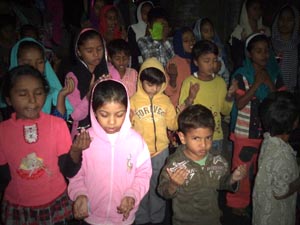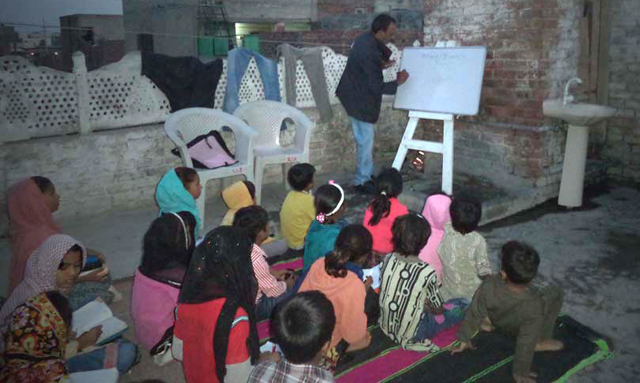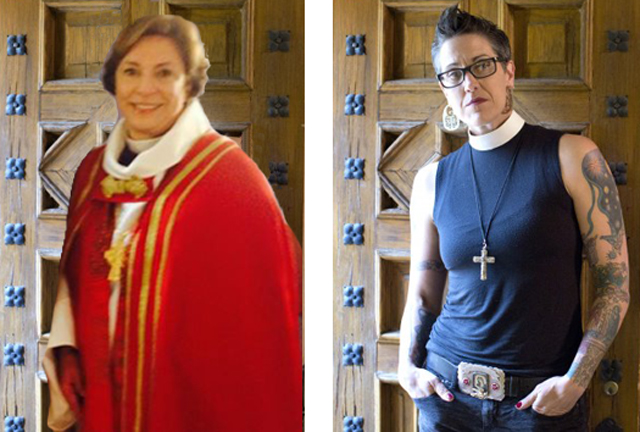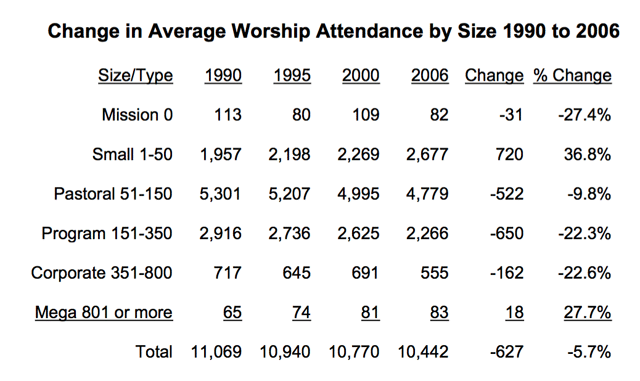Where Do We Send Our Thanks?
My mother had a question she asked every Thanksgiving.
“If people don’t believe in God,
what do they do on Thanksgiving?”
The answer is simple but it is not one she would accept.
They watch football, feast, and go shopping.
It’s also what a lot of people who DO believe in God do!
Thanksgiving is a national holiday, not a religious holiday. In reality, many Americans will gather around the traditional turkey and utter thanks to no god.
Their thanks will fill the empty air and land in no place in particular.
The Southeastern Pennsylvania Synod of the Evangelical Lutheran Church in America and Redeemer Lutheran Church in East Falls have one thing in common. We are Americans. We too will pause to give thanks.
Some will do this in their church homes.
Redeemer has no church home—but we will manage all the same.
We are now in the fifth year of being locked out of our church by SEPA Synod.
This is the outcome of greedy synodical actions, implemented with no clear direction but with all the power bullies can muster.
Can anyone in SEPA Synod explain what they thought would happen when they came to our neighborhood on February 24, 2008, with words of peace but with a locksmith in hiding?
Really! What were you thinking?
SEPA has spent the last four years as slum landlords in East Falls. Good slum landlords. The walls are still standing and the lawn is raked and mown. But they have shown no love for East Falls or any understanding or compassion for the many people they have hurt.
Hate is like that.
For all their talk of discernment, SEPA has communicated no vision for mission in this region of Philadelphia, which includes East Falls, Wissahickon, Roxborough, and Manayunk—and a sizable swath surrounding this area. This area is home to more than 100,000 people and SEPA has no vision for serving here. They grabbed the assets of three churches in this region since they organized in the 1980s. They’ve put nothing back, except the expenses of caring and disposing of property.
As richer SEPA congregations struggle to support their regional office, the land of smaller churches has become a target. When they’ve squandered all of that, then what?
Nothing positive has come of SEPA’s actions in East Falls—nothing.
Left in the wake of this manifestation of corporate greed are good people disenfranchised from the church.
On the other side of the conflict are good people who still want to believe that their leaders know best. All evidence is to the contrary.
- Assets provided for ministry by our community have been squandered on legal fights and synod’s budget shortfalls.
- A Lutheran-sponsored school which provided important services for 25 years was closed—a long relationship squandered.
- SEPA has created a reputation in the neighborhood of a church that puts property above people and that handles disputes with local people with all the strength of a corporately supported bully. Rebuilding the church here, without the people they expelled, will be very difficult—assuming that was ever their intent.
- Children once active in their church weekly were left unchurched—disenfranchised. One young man who was eleven when he was locked out has started his own Bible study with his friends.
- Young adults once passionate about ministry are unchurched. They were in their teens when they were locked out. Sadly and perhaps wisely, they’ve become content. Secular organizations value them.
- The working people of Redeemer remain in close touch ready for the day their church might once again love them. We are faithful to our mission.
- The older people of Redeemer support one another, still in shock that the church they supported all their lives would rather “move on” without them. Other churches expect cooperation in making this easy for them.
- Every church now knows what to expect if they don’t do as they are told. Lutheranism has lost its backbone.
Not only is this all OK with SEPA Lutherans but it seems to be the only outcome Lutherans in this region can imagine.
That is sad. We worship of God of possibility!
Hate destroys.
Love nurtures.
At Redeemer, we give thanks for our community that has weathered this storm and forged a new ministry without property and without the expenses that are crippling many churches. While others have waited for us to die, we’ve networked locally and worldwide. We are thankful that we live in an age where this is possible.
We are thankful for the blessings of God that have given our people fortitude and spirit. We are thankful for the varied skills and talents which comprise our community. Some are hard workers, some are spiritual nurturers, some show extraordinary care for the many people in their lives, some are great organizers. We have each other. Praise God!
We are thankful for the support of a few churches and individuals that have no dog in this race except that they see injustice. They remain nameless for their own safety. They have our heartfelt thanks. They have shown us what “church” is supposed to be.
If God seems at times to have looked the other way, He at least has given us good company.
Thanksgiving in America is the harbinger of Christmas. Soon the Church will be talking about love, peace, reconciliation, forgiveness and the gift of salvation brought to all people in the form of God’s only Son.
Maybe the message of Christmas will be heard this year by SEPA Lutherans.
Hope is what Advent is all about!








